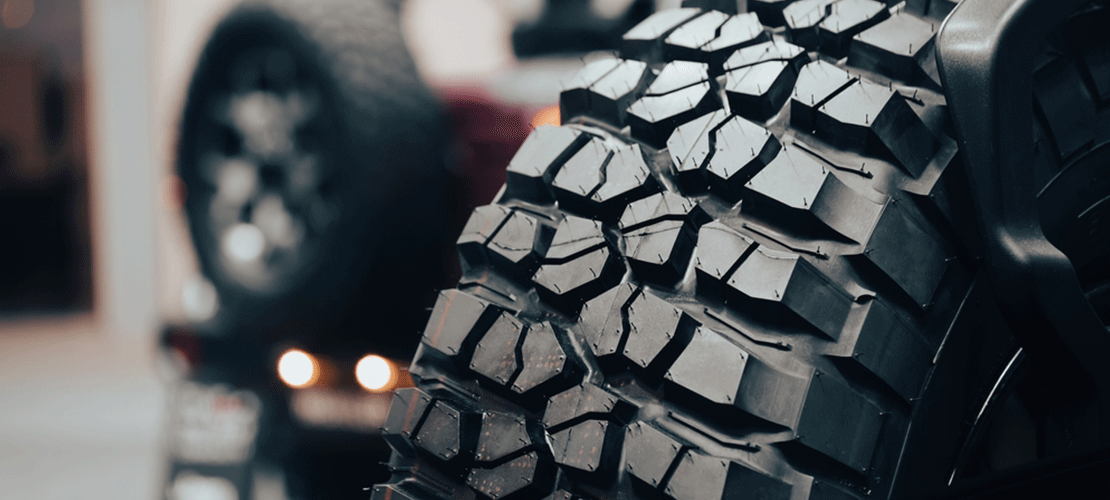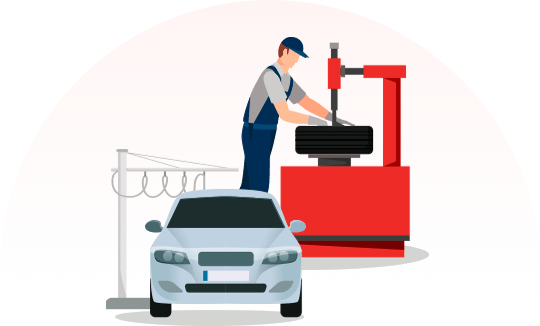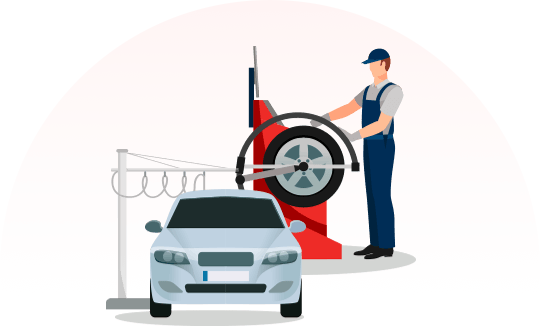- 9 Aug 2024
How to Choose the Best Wheels and Tyres for Off-Road Adventures

Picking the Right Off-Road Tyres: What You Need to Know
Off-road tyres are not created equal. Each type is designed for specific terrains, so understanding what you’re up against is crucial.
- All-Terrain (AT) Tyres
These are your all-rounders. If your adventures take you from highways to dirt roads, all-terrain tyres are a solid choice. They strike a good balance between on-road comfort and off-road capability. You’ll get decent grip on loose surfaces without sacrificing too much in terms of road noise or fuel efficiency. - Mud-Terrain (MT) Tyres
If you’re often tackling muddy, slippery conditions, mud-terrain tyres are what you need. With deeper, more aggressive treads, these tyres bite into soft, uneven surfaces to give you better traction. But keep in mind, they can be noisier and less efficient on paved roads. - Sand Tyres
Sand requires a different approach. If you’re driving on beaches or dunes, look for tyres with a wider footprint and less aggressive tread. This helps you float over the sand rather than digging in and getting stuck.
Choosing the Right Wheels: Size and Material
Your tyres are only as good as the wheels they’re mounted on. The size and material of your wheels can have a big impact on your vehicle’s off-road performance.
- Wheel Size
Bigger wheels allow for bigger tyres, which can improve ground clearance and help you tackle rough terrain. However, larger wheels can also make your vehicle less agile. If you’re driving on tighter, rockier trails, a smaller wheel might give you better control. - Wheel Material
When it comes to material, you’ve got two main choices: steel and alloy. Steel wheels are tough and can handle a lot of punishment, making them great for extreme off-roading. However, they’re heavy and can affect your vehicle’s fuel efficiency. Alloy wheels are lighter and can improve handling, but they’re more prone to damage in harsh conditions.
Tyre Pressure: Finding the Sweet Spot
Tyre pressure is a critical factor in off-road driving. Lowering your tyre pressure can increase the tyre’s surface area, giving you more grip on loose surfaces like sand or mud. However, be careful not to go too low, as this can lead to tyre damage or even cause them to pop off the rim.
Load Rating: Can Your Tyres Handle the Pressure?
When choosing tyres, it’s important to consider their load rating. Off-roading often means carrying heavy loads, whether it’s camping gear, tools, or just the extra weight of your passengers. Make sure your tyres can handle the weight you’re carrying, or you could risk a blowout in the middle of nowhere.
Tread Pattern: Get the Grip You Need
The tread pattern of your tyres plays a huge role in how well they perform off-road. For muddy and rocky terrain, look for tyres with deep, aggressive treads that can dig into the ground and give you the traction you need. On sandy surfaces, you’ll want a tread pattern that’s more spaced out to help you stay on top of the sand rather than sinking in.
Balancing Off-Road Capability with On-Road Comfort
While off-road performance is crucial, you don’t want to sacrifice on-road comfort, especially if your vehicle is also your daily driver. Off-road tyres can be noisy and less fuel-efficient on highways, so it’s important to strike a balance. If your off-roading is occasional, consider all-terrain tyres that provide a good mix of on-road comfort and off-road capability.
Matching Your Vehicle’s Specs
Always check your vehicle’s specifications before choosing wheels and tyres. Your vehicle’s manual will give you the recommended tyre size, load rating, and other important details. Ignoring these recommendations can not only affect your vehicle’s performance but also its safety.

 Google Review
Google Review 




 Google Review
Google Review
 Digitally enhanced by
Digitally enhanced by